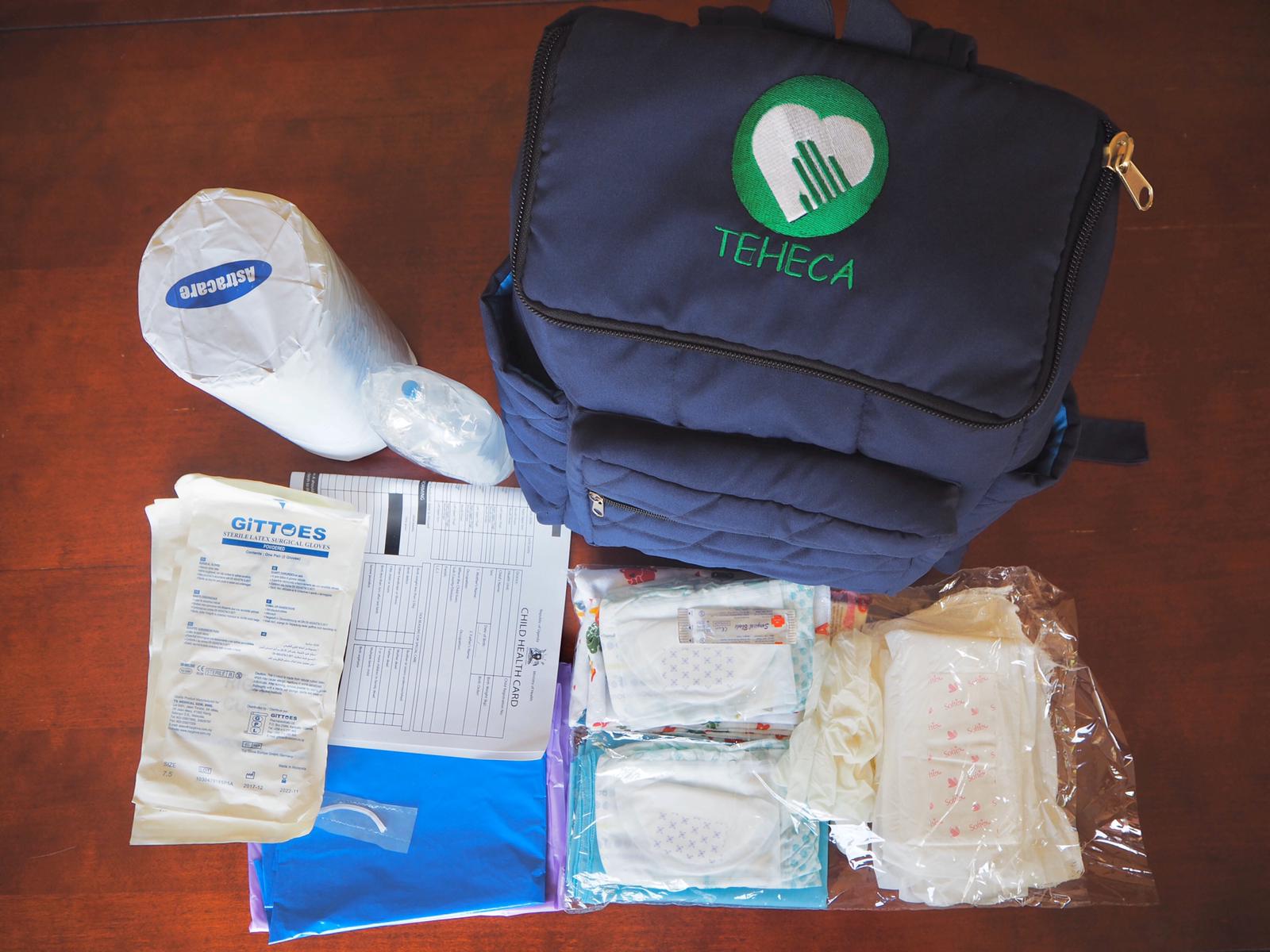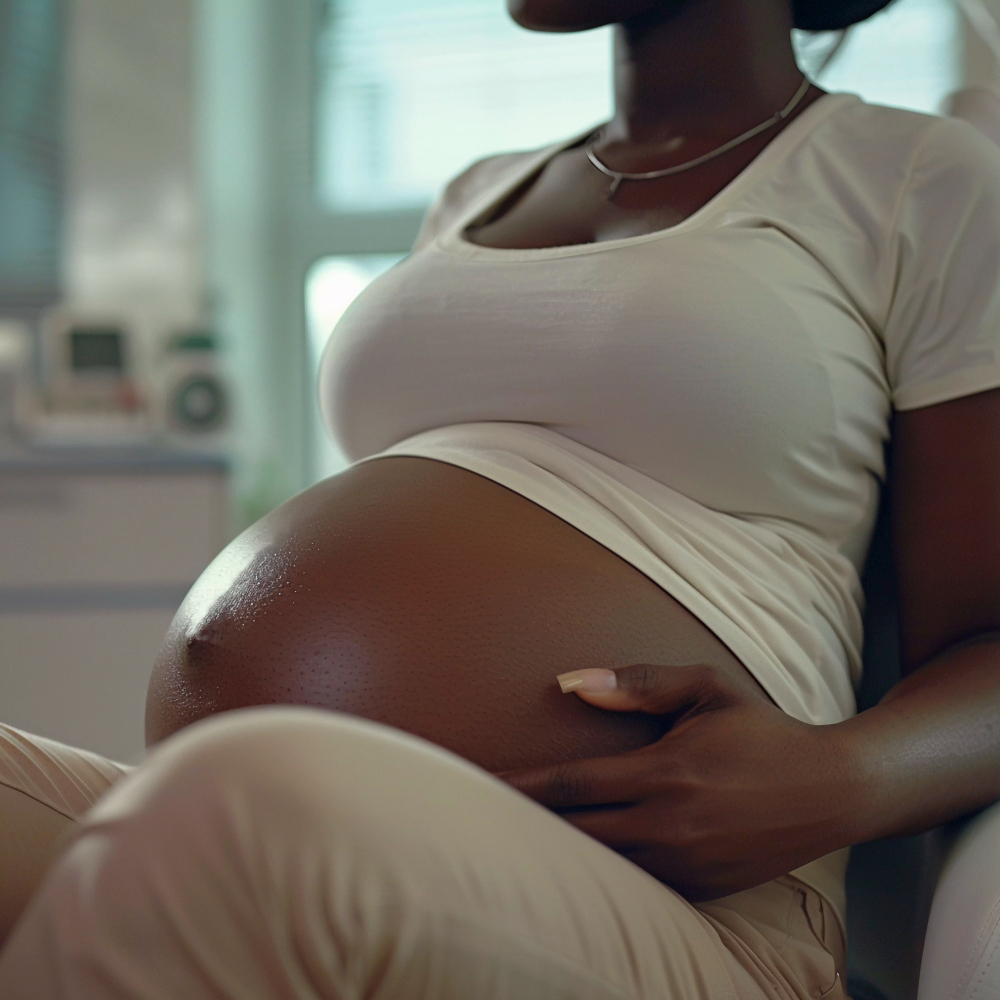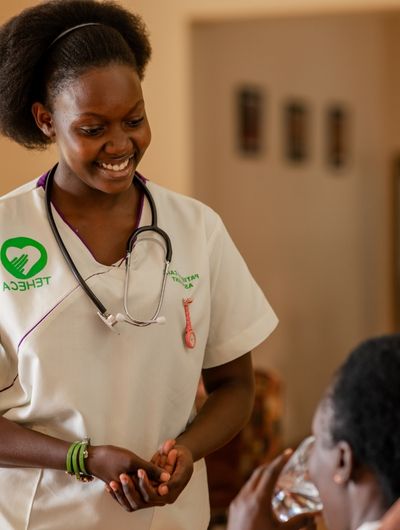A hospital bag is one that every family should behave handy, it’s more important for couples and families that are expecting a new baby soon. Expectant mothers are expected to have a preparedness plan for the time when the baby is about to pop.
At a bare minimum mothers are expected to have a mama kit which includes the material that mothers use in the labor ward. Most of the things in the mama kit are single-use and are only for the mother and the health workers who are helping a mother in giving birth.

On top of the mama kit, mothers and couples headed to labor need a couple of items listed below.
Surgical gloves
Basically used by the midwives for protection and prevention of infections or any other diseases and as an expectant mother, you need an average of 8 pairs of gloves they may also be used by your caregiver while nursing you after birth.
Cotton wool
For cleaning, draining, and drying the mother, cotton wool is also used as an absorbent for mothers to use to prevent further bleeding after birth
Surgical blades
This is meant to carry out an episiotomy by a midwife or obstetrician during the second stage of labor to quickly enlarge the opening for the baby to pass through. and for a C-section mother, it is used through surgery around the stomach areas
Macintosh (Plastic mats)
For purposes of hygiene maintenance hospitals authorize mothers to carry macintosh(polythene mats) to prevent infection from the beds they lay on directly and it also acts as the delivery plastic sheet.
Immunization cards
During the postpartum period and immediately after the baby is born he/she is immunized to prevent several diseases and for purposes of monitoring the immunization statistics immunization cards are required for record-keeping, Mothers are required to have immunizations handy when they are going to the hospital.
Umbilical cord knot
This is used to tie the baby’s code immediately after birth.
Disinfectant
To prevent infections, a disinfectant is needed to prevent germs and is also used for cleaning areas where the mom has delivered from, both the bed and the room. The most commonly used disinfectant in the local hospitals and health centers is JIK.

Of course, this is also for washing and cleaning the mother’s garments that may be soiled during birth, if not Jik, add sanitizer to the hospital bag
Gauze
Gauze is used together with cotton while draining and drying the blood of the mother after birth. Due to the nature of cotton, it may leave particles in the mother’s body which is harmful to prevent it from happening gauze is wrapped around each piece of cotton before usage.
Also, gauze is used in making pads that the mothers can use to pad themselves after birth to protect them from soiling bedding and panties
See also: How to Provide Extended Support to New Parents after delivery
Soap
This is usually needed for both cleaning the baby and the mother after birth and it should be a must for every hospital bag
Baby receivers & Baby clothes

These are smooth sheet of cloth that is wrapped around the baby immediately after being delivered to prevent them from any risks of pneumonia and cold.
Baby clothes are those the baby can wear while still in the hospital and after birth. these include baby gloves, caps, diapers, wipes blankets, and bed sheets.
Ideally, these clothes are meant to keep the baby warm and clothed. Always carry enough of these as they will be changed often as the baby will wet them.
GET ALL ITEMS DELIVERED TO YOU FROM TEHECA APP [DOWNLOAD NOW]

Normal saline water(in case of a c-section)
Traditionally people have come up with a number of myths for cleaning the baby code and ensuring it dries up quickly like, using saliva, salty water, and many more but for purposes of preventing infections and germs health workers encourage mothers to use saline water clean the baby code, saline water is drip water.
Mother’s clothes & beddings.

Because of the shock and rush that happens when a baby is about to come and the pain of the contractions, many couples end up in hospital with only the clothes the expectant mother is having on, only to be left wrapped in a cold bedsheet after giving birth.
Couples are encouraged to keep a small suite case ready that will include at a minimum a pair of bedsheets, night ware, pajamas, free clothes, include extra rolls of cotton wool in case of extra bleeding.
Baby bottle/spoon
Baby bottles are used to feed babies after birth though health professionals encourage mothers to keep them very clean to prevent babies from easy risk of infections and diseases. Expectant mothers and new mothers are expected and advised to prepare to breastfeed their new babies within 6 hours after giving birth
The team has developed a prepared mama, that comes packed with a mama kit and more items that mothers need, the bag is aimed to be used to keep everything needed for welcoming a new baby together in one place as part of the preparedness plan. You can order a prepared mama here.
The bag is designed with a wide space to carry enough material quantity over and above the quantity found government-provided Mama kit.

We regularly provide information and guides for new mothers about how to prepare for labor and the first months of a new baby, to receive more of this info signup in the footer to our mailing list or Follow us on our Facebook Page, Twitter, or google plus.
Expectant Mothers Expectant Mothers Expectant Mothers Expectant Mothers
Expectant Mothers Expectant Mothers Expectant Mothers Expectant Mothers
Expectant Mothers Expectant Mothers Expectant Mothers Expectant Mothers
Recommended Reads
blog
Non-Communicable Diseases: 4 Easy Habits to Reduce Your Risk.
As Uganda continues to grapple with infectious diseases like malaria and HIV, a silent but deadly health crisis is sweeping…
Navigating Pregnancy with NCDs: Risks, Challenges, and Care for Expectant Mothers.
Unlike infectious diseases, NCDs are chronic conditions that require long-term management, and their impact on pregnancy can be profound. Non-communicable diseases (NCDs) like diabetes, hypertension, cardiovascular diseases, and…
Non-Communicable Diseases: 4 Easy Habits to Reduce Your Risk.
As Uganda continues to grapple with infectious diseases like malaria and HIV, a silent but deadly health crisis is sweeping across the country: non-communicable diseases (NCDs). Heart disease,…






Leave a Reply